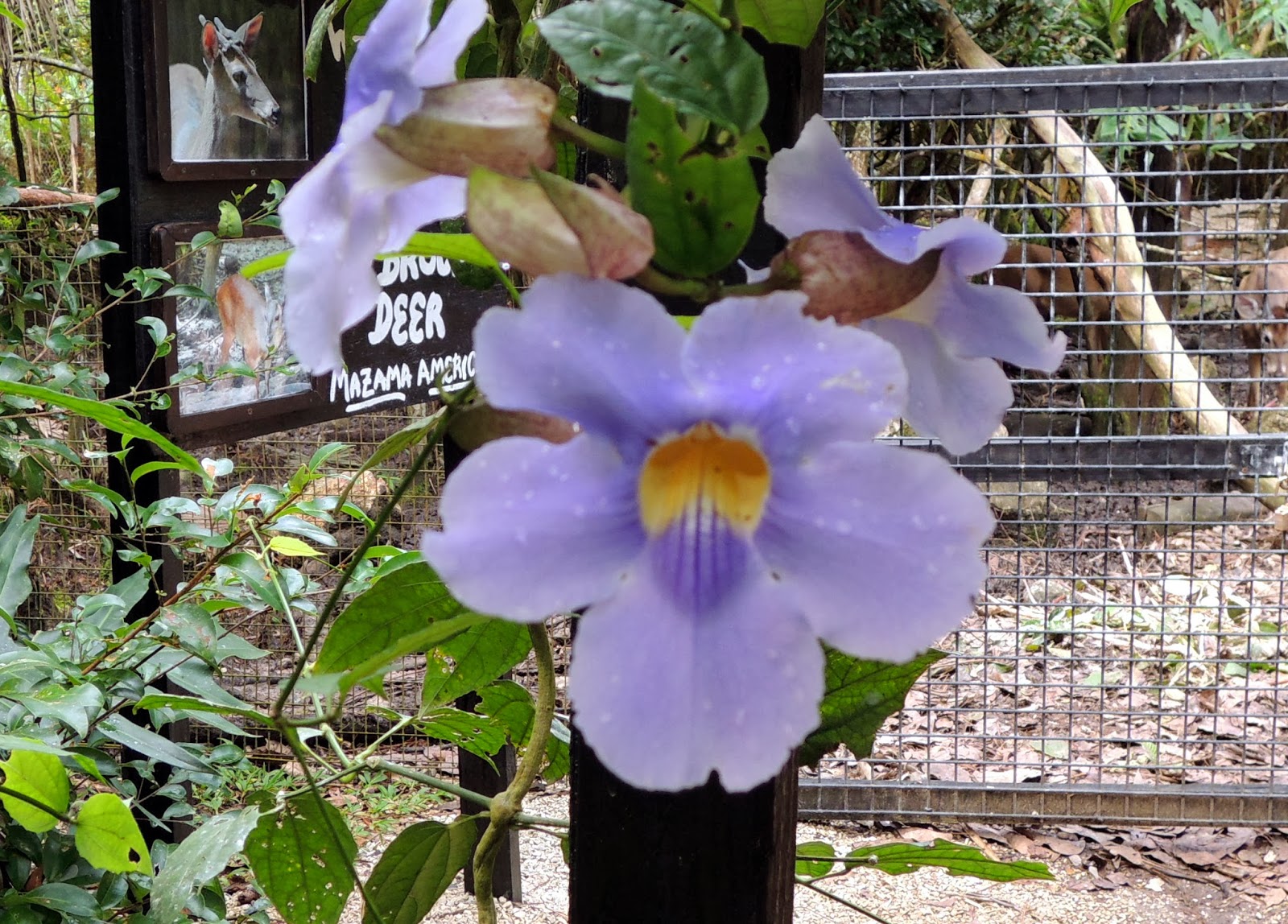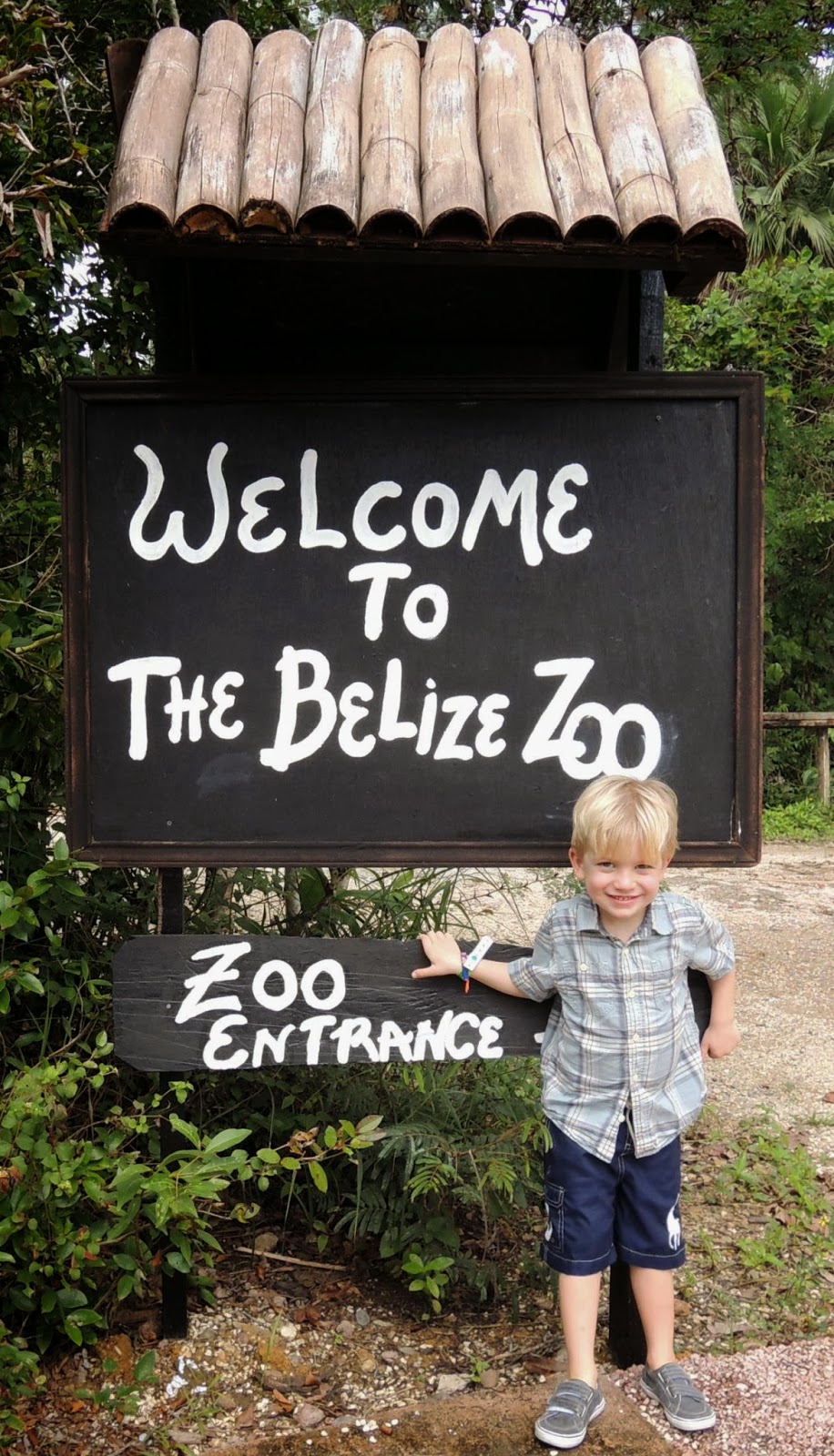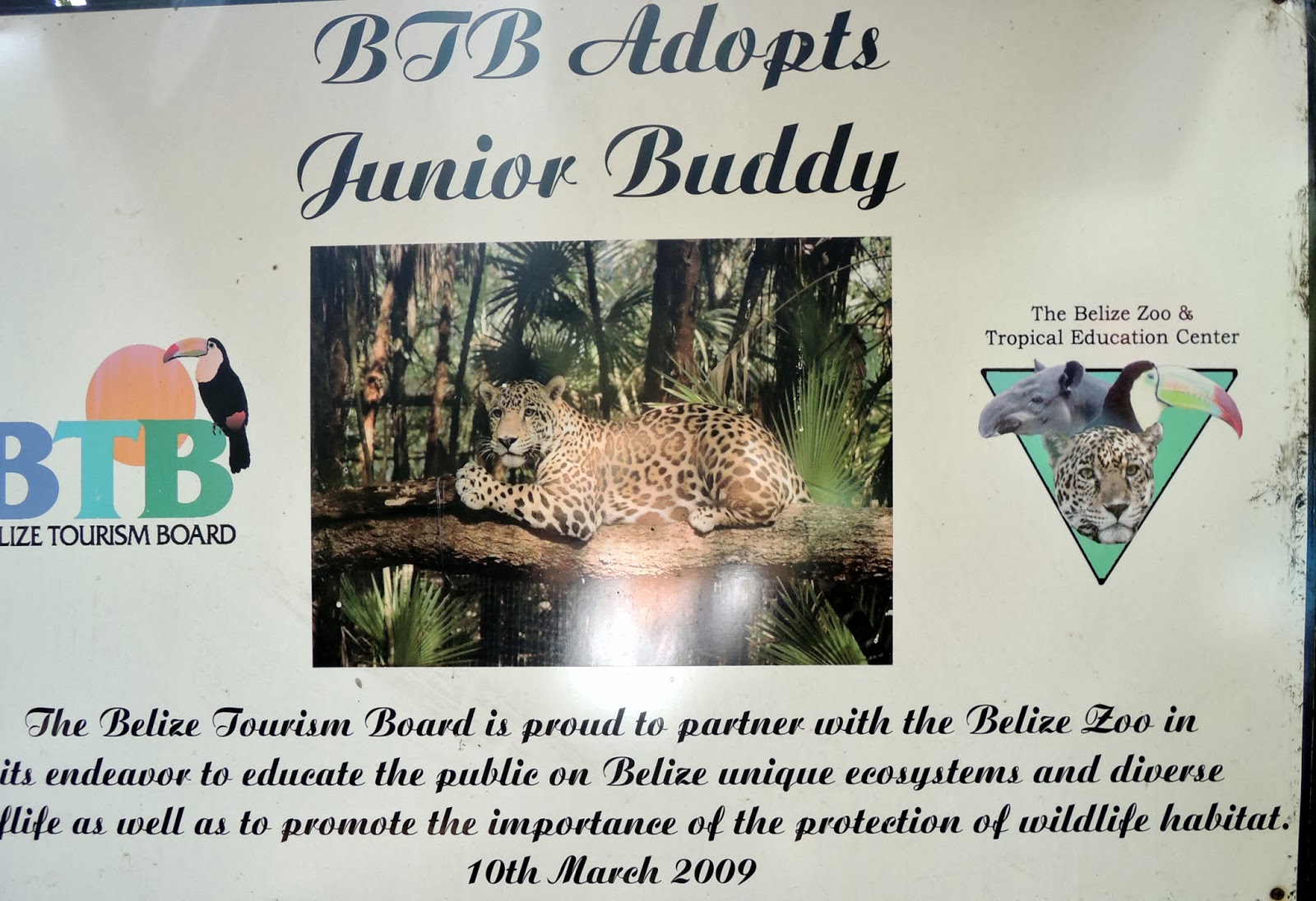The Mayan civilization spread over this area from 1500 BCE and were there until 800 CE. Spanish conquistadores explored the land and declared it a Spanish colony but chose not to settle because of the lack of resources such as gold and the strong defense of the Yucatán by the Maya. Later English and Scottish settlers and pirates known as the Baymen entered the area in the 17th and 18th century respectively and established a logwood trade colony (mainly mohagany) and a black slave economy. You can read more about Belize at http://en.wikipedia.org/wiki/Belize .
Timna and Jonah went to “Snorkeling Wonders of the Barrier Reef” where they snorkeled a bit and then played and relaxed on the beach. The two of them made a “Yankee Stadium” sand castle.
 |
| Yankee Stadium |
 |
| Boat to or from beach |
 |
| Fun back on ship |
 |
| Happy |
 |
| "tender" |
 |
| coastline |
 | |
| docking |
The high point in Belize is the Maya Mountains at about 4,000 feet in the interior with the fast-growing capital about 250 feet above sea level.
The main people who live here are Mayan (3 groups), Garifuna
(African-Caribbean)(6%), Creole (African-European) (20%), and Mestizo
(Spanish-Mayan). Over 50% of the people
say they are Spanish or Mestizo, descendants of people who fled from the Caste
War in the Yucatan in the mid-1800s. There are also special
groups of Mennonites, Chinese, East Indian, and a few Amish in Belize.
The first cruise ships came in about 1999, and then only
about 1 a month. They cannot dock at
Belize City as the bay is very shallow and fills with mud and silt from the
main river which empties in to the Sea here.
Unemployment stands at about 24%, so many people have little shacks at the side of the road, where they sell food.
The British exported a lot of mahogany. Since independence, no raw mahogany can be
exported, on that which is used to make nice carvings and furniture in the
country.
While waiting for our tour to begin, we stood near some Mayan carvings.
While waiting for our tour to begin, we stood near some Mayan carvings.
We had two guides, one Mayan (Cristina) and one Meztizo (Terese).
The guides told us a bit of the history and showed us part of the city during the hour-long ride to the zoo.
We passed a cemetery on the outside of town. Like in Israel, the monuments were big, the size of caskets, but people were buried underground. They were not buried deeply here, however, because the water table was very high.
Marian Jones, the famous Olympian runner for the US, also carried the flag of Belize, because her mother was from here. She has donated a lot of money to the country for sports including a big sports complex that we passed.
In 1982, a company made a film about wild animals in
Belize. To do so, they had to tame some
of the animals. After the film, the
animals could not be returned to the wild, so a woman (named Sharon Matola, a biologist and environmentalist originally from Baltimore, MD) started a
small educational zoo with them and took them to schools to help local children
understand the importance of these animals.
Though few came to the zoo, the govt saw the importance of the school visits and her work, so they gave her 29 acres to make a zoo. Only animals that were rescued or born in captivity are at the zoo.
There are 2 Belizean dollars to a US dollar. The fee for Belizeans would go up after the new year.
Right after we went in, we were offered the chance to hold a young anaconda snake that had been rescued. Zekey was reluctant at first
but warmed up to the snake when I held it.
And then held it himself!
Though few came to the zoo, the govt saw the importance of the school visits and her work, so they gave her 29 acres to make a zoo. Only animals that were rescued or born in captivity are at the zoo.
There are 2 Belizean dollars to a US dollar. The fee for Belizeans would go up after the new year.
Right after we went in, we were offered the chance to hold a young anaconda snake that had been rescued. Zekey was reluctant at first
but warmed up to the snake when I held it.
And then held it himself!
I had held much larger ones and helped tourists hold them when I worked in Leticia on the Amazon in the late 1960s.
 |
| Laughing Falcon--I love to eat snakes! |
 |
| Pretty flower in the zoo |
The national animal of Belize is the tapir. It may look like a large pig and is sometimes called a "mountain cow," but it is actually related to the horse and rhino. One famous one at the zoo was shot in the eye and blinded. Here he is. I think he weighs over 400 lb.
Another small one was named "Fuego" because his mother was killed in a fire and he was rescued and adopted by another tapir in the zoo, who, I think, was nursing him.
All the animals at the zoo are from the original tamed group, their offspring born in the zoo, other animals born in captivity, animals wounded in the wild, and animals kept illegally in homes or businesses. And all are native to Belize.
There are several kinds of deer in Belize and in the zoo, including this American deer.
Some had amazing furry antlers:
Some are not "officially" zoo animals, like this huge gardner snake (over 6' long) that scared our guide Christina.
There are several kinds of monkeys in the zoo, but most were so high up that we could not see them. This photo was taken with a zoom.
The national bird is the toucan, three of the four types I was able to photograph.
The Jabiru stork (above) has a huge wing span.
A friend, Marsha, told me about the book, The Last flight of the Scarlet Macaw, which I just got from the library. It is about Sharon Matola (the founder and director of the Belize Zoo) and her fight to keep a multinational corporation from flooding the breeding ground of the macaws in Belize.
The female Harpy eagle is much bigger than the male bird....and more colorful.
There is a picture of Harpy eagles from the Belize zoo in the Wikipedia article about them.
There are a number of cats in the zoo.
This puma came up when called by one of the feeders.
Lucky Boy and his mate were in captivity at a resort hotel. The Amercan owner went home for a few months and entrusted someone else to take care of the animals. Instead, he used the money on himself. The female died and the male was barely alive when discovered. With a lot of love and treatment, he survived and is doing very well. That is why he was named "Lucky Boy."
Rodents in the zoo included peccary and agouti.
The coatimundi, a relative of a raccoon but smaller and much nicer is native to Belize too.
Several kinds of crocodiles and river otters were also in the zoo. The otter moved too quickly for me to get a picture of him.
The zoo is a maze, so a guide is really needed to go through it. There were more animals, but we didn't see all of them. There is a small gift shop and a small cafe/restaurant. Zekey got a hot dog and I had the national dish of rice and black beans cooked in coconut milk and stewed chicken. It was delicious.
It rained just before we arrived in Belize (therefore, the puddles) and also on our ride back to Belize City.
Before we went through the glitzy touristy part of the port, there were some vendors, including a woman named Elizabeth who was making small cloth dolls. I wanted to buy one and she asked $5. I had $3.25. She said that was fine and that someone would give her a tip later. She really liked Zekey and gave him two shells that she had gotten from a local beach.
We had New Year’s Eve dinner in the ship's special steak house. Zekey had good mac and cheese. Jonah had some steak and mac and cheese too.
Another small one was named "Fuego" because his mother was killed in a fire and he was rescued and adopted by another tapir in the zoo, who, I think, was nursing him.
 |
| Fuego and friend |
There are several kinds of deer in Belize and in the zoo, including this American deer.
Some had amazing furry antlers:
Some are not "officially" zoo animals, like this huge gardner snake (over 6' long) that scared our guide Christina.
There are several kinds of monkeys in the zoo, but most were so high up that we could not see them. This photo was taken with a zoom.
The national bird is the toucan, three of the four types I was able to photograph.
The Jabiru stork (above) has a huge wing span.
A friend, Marsha, told me about the book, The Last flight of the Scarlet Macaw, which I just got from the library. It is about Sharon Matola (the founder and director of the Belize Zoo) and her fight to keep a multinational corporation from flooding the breeding ground of the macaws in Belize.
The female Harpy eagle is much bigger than the male bird....and more colorful.
There is a picture of Harpy eagles from the Belize zoo in the Wikipedia article about them.
There are a number of cats in the zoo.
This puma came up when called by one of the feeders.
 | ||
| As did this jaguar, Junior Buddy |
Lucky Boy and his mate were in captivity at a resort hotel. The Amercan owner went home for a few months and entrusted someone else to take care of the animals. Instead, he used the money on himself. The female died and the male was barely alive when discovered. With a lot of love and treatment, he survived and is doing very well. That is why he was named "Lucky Boy."
 |
| Story of Lucky Boy |
 |
| White lipped peccary |
Several kinds of crocodiles and river otters were also in the zoo. The otter moved too quickly for me to get a picture of him.
The zoo is a maze, so a guide is really needed to go through it. There were more animals, but we didn't see all of them. There is a small gift shop and a small cafe/restaurant. Zekey got a hot dog and I had the national dish of rice and black beans cooked in coconut milk and stewed chicken. It was delicious.
 |
| An Anibru |
It rained just before we arrived in Belize (therefore, the puddles) and also on our ride back to Belize City.
Before we went through the glitzy touristy part of the port, there were some vendors, including a woman named Elizabeth who was making small cloth dolls. I wanted to buy one and she asked $5. I had $3.25. She said that was fine and that someone would give her a tip later. She really liked Zekey and gave him two shells that she had gotten from a local beach.
 |
| Elizabeth and Zekey |
 |
| Elizabeth's 'shop' |
We had New Year’s Eve dinner in the ship's special steak house. Zekey had good mac and cheese. Jonah had some steak and mac and cheese too.







































2 comments:
I love all of the animal pictures you took! Good for Zekey for holding that anaconda. I also loved the silly tongue pic with Jonah and Timna - very cute.
I don't know why, but this reminded me of when you were young and had a pet kinkajou (or there was a picture of you holding one). Do you remember the circumstances, or what country that little critter was from?
Thank you (as always) for sharing your experiences so articulately, with colorful pictures to boot. I'm really looking forward to doing something similar with the family and Elizabeth!
beautifully done, Dina!
Post a Comment